Plant
- The dragon fruit plant is a climbing cactus that grows on vines or stems, often reaching lengths of 3-6 meters.
- The plant’s stems are thick, fleshy, and triangular or angular, covered with spines.
- Dragon fruit plants are usually grown on trellises or supported by poles to help the long, sprawling stems climb upward.
Flowers
- The dragon fruit plant produces large, nocturnal flowers known for their beautiful, white or yellow petals.
- These flowers open at night and are typically pollinated by nocturnal creatures like moths.
- The flowering period usually lasts for a few hours, and the plant produces flowers in cycles, blooming multiple times during the growing season.
Fruit
- Dragon fruit has an eye-catching appearance, with bright pink or yellow skin and white or red flesh speckled with small black seeds.
- The fruit is oval-shaped, typically about 10-15 cm long, and has a unique, mildly sweet taste.
- The flesh is mildly sweet and has a crunchy texture due to the small seeds, which are edible. There are varieties with white flesh (Hylocereus undatus) and red flesh (Hylocereus costaricensis), with the latter being more sweet and vibrant in color.
Growth and Cultivation in India
- Climate:
- Dragon fruit thrives in tropical and subtropical climates and is well-suited for the warm, dry conditions found in many parts of India, particularly in states like Maharashtra, Gujarat, Tamil Nadu, and Andhra Pradesh.
- The plant requires a warm temperature range of 25°C to 35°C and plenty of sunlight for optimum growth. It is relatively drought-tolerant but still needs regular watering.
- Soil:
- Dragon fruit plants prefer well-drained, sandy or loamy soil with a pH of 6.0 to 7.5.
- Well-draining soil is essential to prevent root rot, which can be a concern in waterlogged conditions.
- Propagation:
- Dragon fruit is usually propagated through stem cuttings rather than seeds.
- The cuttings are planted directly into the soil or into pots, where they develop roots and grow into new plants.
- Cuttings are typically taken from healthy, mature plants and should be dried for a few days before planting to prevent rotting.
- Watering and Irrigation:
- While dragon fruit is drought-tolerant, it does best with regular watering, especially during the flowering and fruiting stages.
- Drip irrigation is commonly used in India’s dragon fruit orchards to provide a consistent water supply without overwatering.
- Trellis and Support:
- As a climbing cactus, the dragon fruit plant requires support to grow properly. Farmers use trellises, poles, or wire mesh to keep the stems upright, allowing them to spread and bear fruit efficiently.
- Proper support is crucial to keep the plant’s sprawling vines off the ground and reduce the risk of fungal diseases.
Uses and Benefits in India
- Nutritional Value:
- Dragon fruit is low in calories but rich in vitamin C, antioxidants, fiber, and minerals such as calcium, iron, and magnesium.
- It is also a good source of prebiotics, which promote gut health, and has high water content, making it a hydrating fruit.
- Its antioxidant properties, including betalains, flavonoids, and carotenoids, are believed to have anti-inflammatory and anti-aging benefits.
- Culinary Uses:
- Dragon fruit is primarily eaten fresh, either by itself or as part of fruit salads and smoothies.
- In India, dragon fruit is sometimes used in juices, desserts, and ice creams, or as a topping for yogurt and cereals.
- The fruit can also be used in jams, jellies, and even savory dishes, though it is most commonly enjoyed as a refreshing, sweet treat.
- Medicinal Properties:
- Dragon fruit is known for its ability to improve digestion, boost immunity, and regulate blood sugar levels.
- It is also believed to help reduce the risk of heart disease by lowering cholesterol levels and promoting healthy blood circulation.
- The high fiber content makes it beneficial for weight management and improving gut health.
- Economic Importance:
- The cultivation of dragon fruit has been expanding in India, particularly as demand for exotic fruits rises in urban centers.
- It has a relatively short growth cycle, and fruit-bearing plants begin to produce fruit within 1 to 2 years of planting, making it a profitable crop for farmers.
- Dragon fruit farming has also attracted attention as a commercial crop, with several farmers seeing success in regions with suitable growing conditions.
Varieties
Several varieties of dragon fruit are cultivated in India, including:
- White-fleshed Dragon Fruit (Hylocereus undatus): The most common variety, with pink skin and white flesh.
- Red-fleshed Dragon Fruit (Hylocereus costaricensis): Known for its sweeter flavor and vibrant red flesh.
- Yellow Dragon Fruit (Hylocereus megalanthus): This variety has yellow skin and white flesh and is typically smaller in size but very sweet.
Pests and Diseases
Dragon fruit plants can face challenges from pests and diseases, including:
- Mealybugs and aphids: Common pests that affect the plant by sucking sap from the stems and leaves.
- Root rot and fungal infections: Can occur in overly moist soil, particularly in regions with heavy rainfall.
- Fruit flies: Can damage the fruit, especially in humid climates.
Pest management strategies include organic pesticides, maintaining good orchard hygiene, and using natural predators to control infestations.
Environmental Benefits
- Dragon fruit farming is considered eco-friendly because the plant requires relatively low water and fertilizer inputs compared to other fruit crops.
- The cactus plant is resilient to harsh climates and can grow in regions with poor, dry soils, making it an ideal choice for desertification-prone areas.




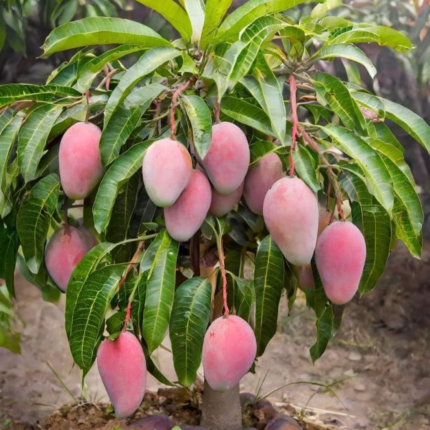
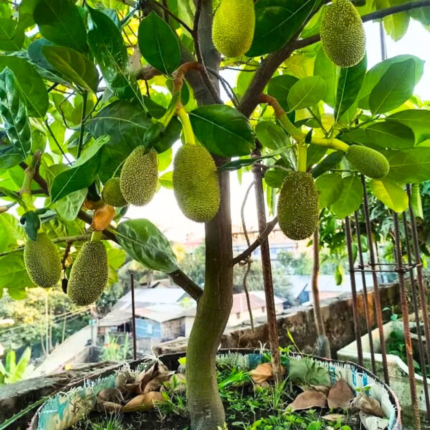

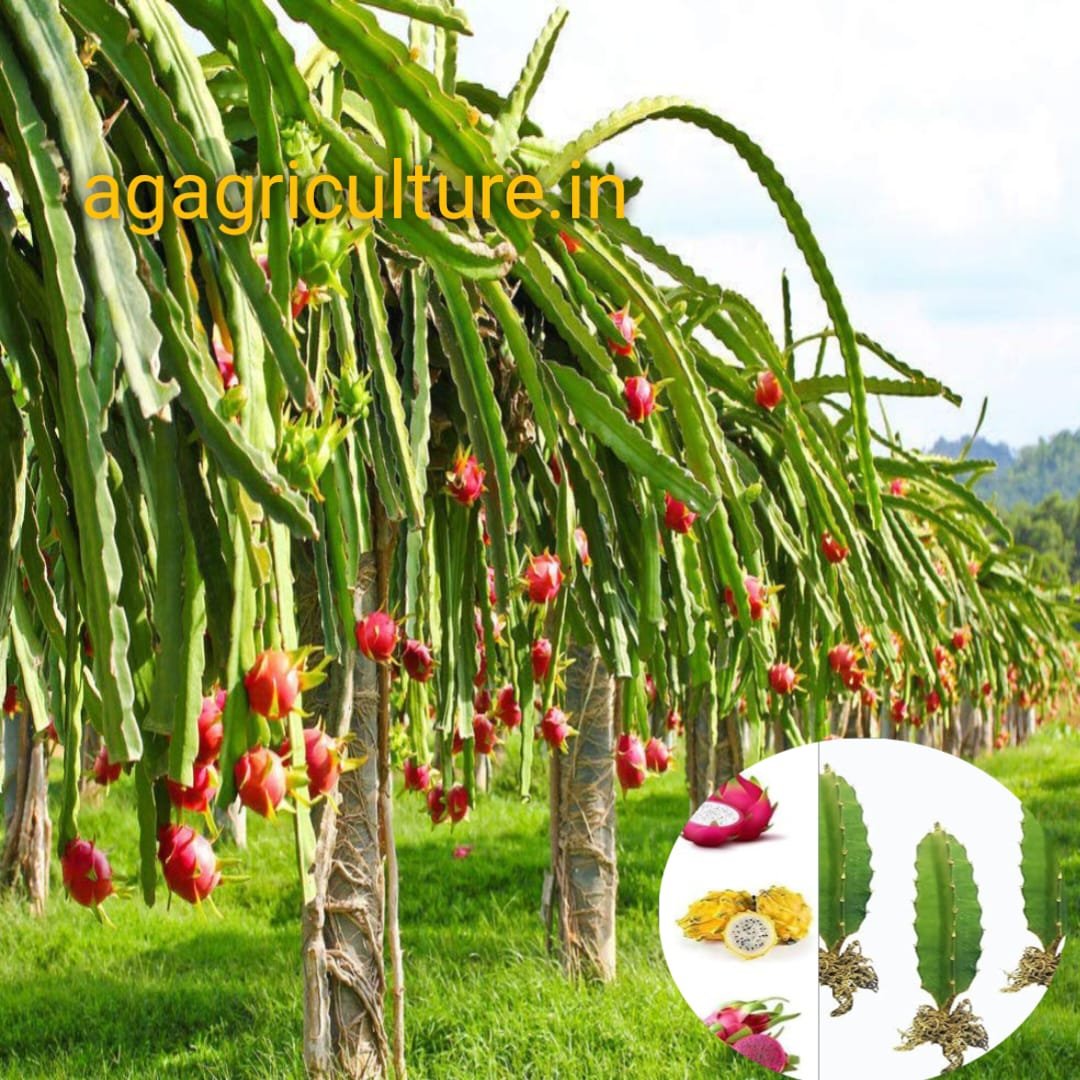
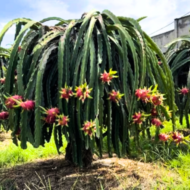
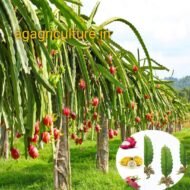

Mr. Mackay –
A seemingly elegant design can quickly begin to bloat with unexpected content or break under the weight of actual activity. Fake data can ensure a nice looking layout but it doesn’t reflect what a living, breathing application must endure.